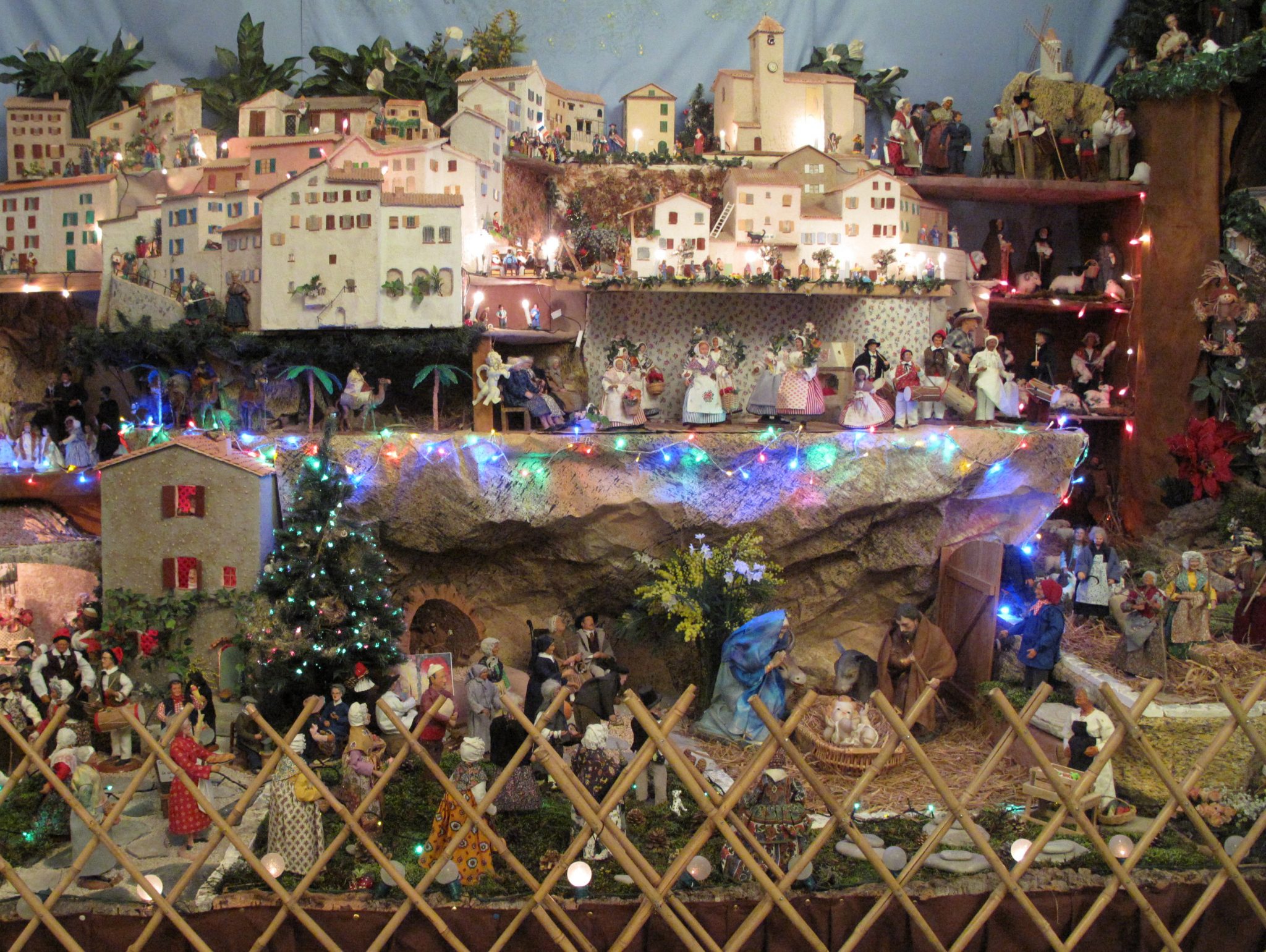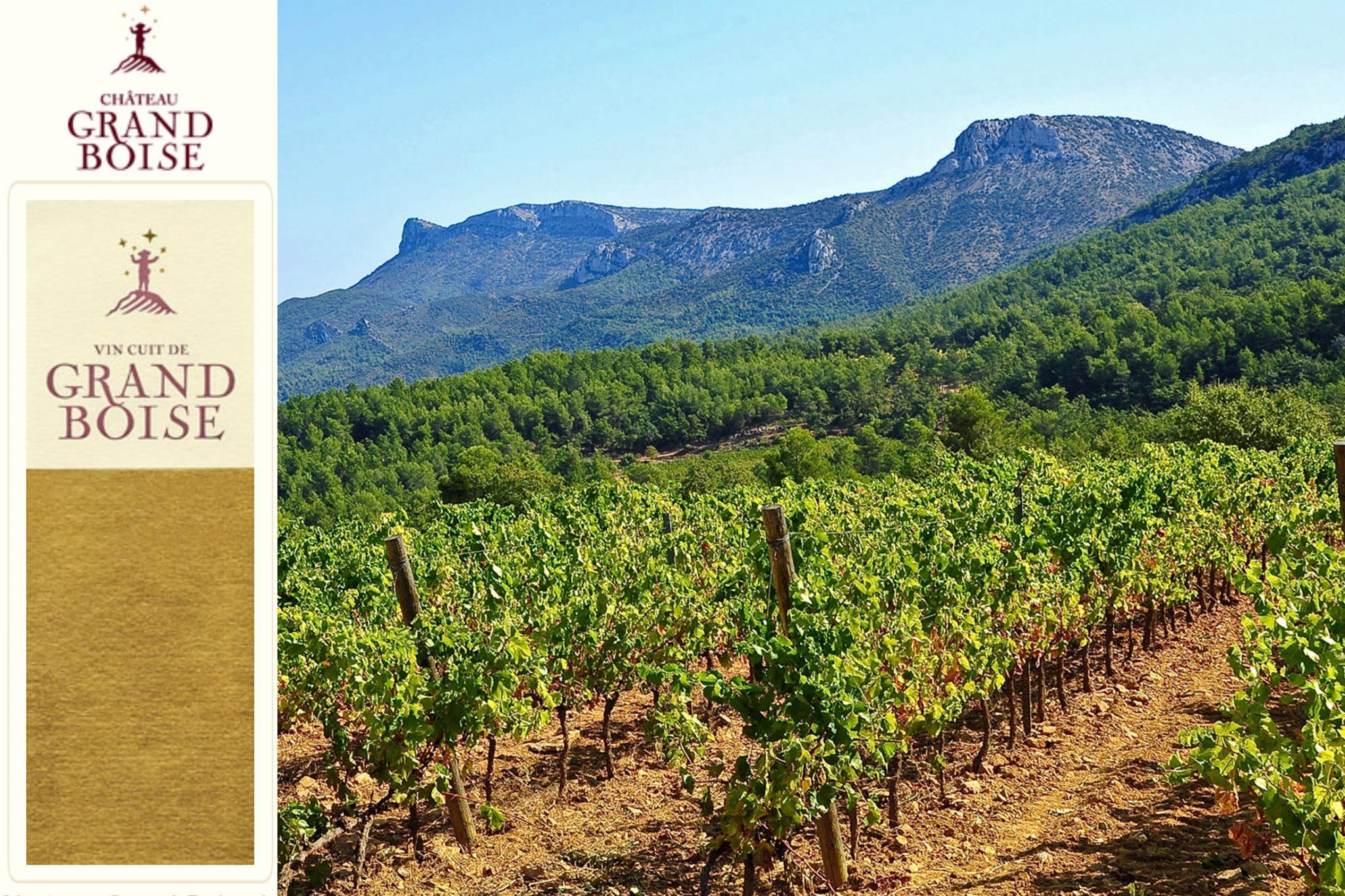Cooked wine, it does not sound particularly fresh, but then you, like most other wine connoisseurs, have not tried the Provencal specialty “Vin Cuit”, i.e. cooked wine. Vin Cuit is a dessert wine that is very topical right now as it in Provence is drunk on Christmas Eve after dinner together with the other Provencal specialty, “13 desserts”. The character of the wine fits perfectly with the dried fruits, nuts and sweets included in the dessert.

Sweet wines are usually made from overripe, noble rot or dried grapes or by interrupting the fermentation by adding alcohol, but Vin Cuit is produced with its own unique method, namely by “boiling”. This is done by pouring the grape must into a large copper kettle that is hung over an open fire where the grape must simmers (not boiling) so that it is reduced to about half. The reduction takes several days and during all the time the must is stirred and the foam is removed to increase the quality.
After cooling, the concentrated grape must is fermented for a very long time, after which the wine is stored in oak barrels for about two years. The wine gets a mahogany colour and aroma of dried fruits, fruit jam and a little smokiness that may come from the open fire. The alcohol content is 14 – 15%. In addition to the wine being suitable for Christmas dried fruits, nuts and sweets, it is the perfect companion to blue mold cheeses.

As I said, the wine is a unique Provencal specialty and even in Provence it is hard to find as it is only produced by around 15 producers, a good producer is Château Grand Boise at the town of Trets. Italy’s equivalent is “Vino Cotto” which is produced in a negligible quantity in two regions in the southern Marche, not to be confused with the sweet “syrup” vincotto / sapa. Of the more well-known sweet wines, only Marsala wine has a similar production method in part, but only cooked grape must is added to the fortified wine.
Read more about Vin Cuit: www.provencewinezine.com/its-time-to-break-out-the-vin-cuit/

Merry Christmas
